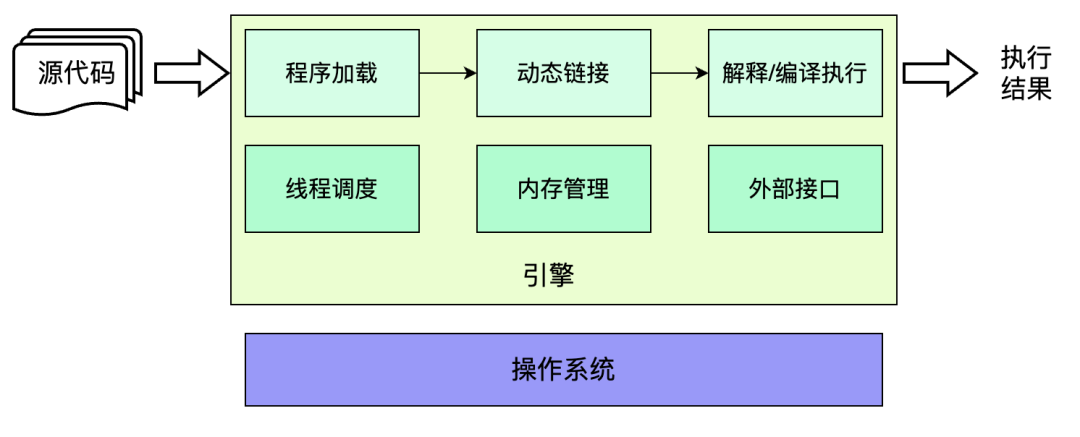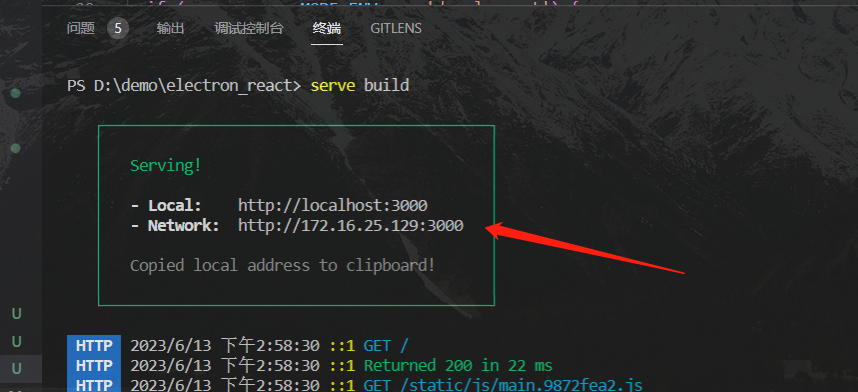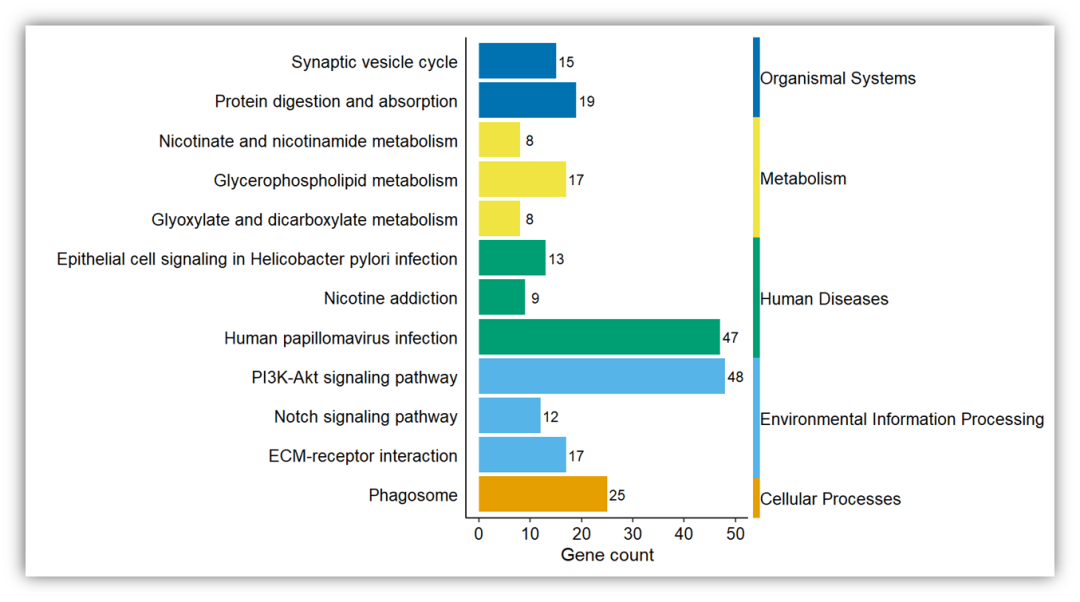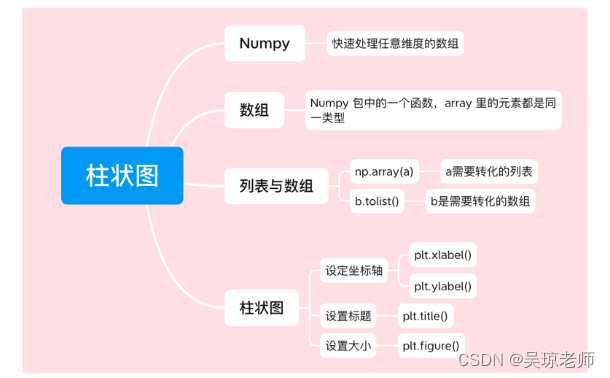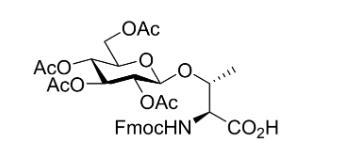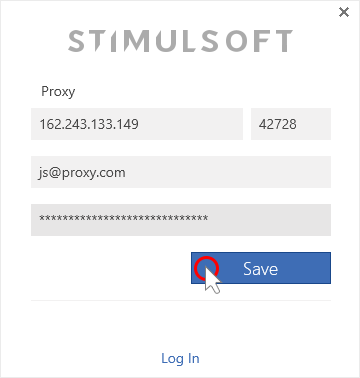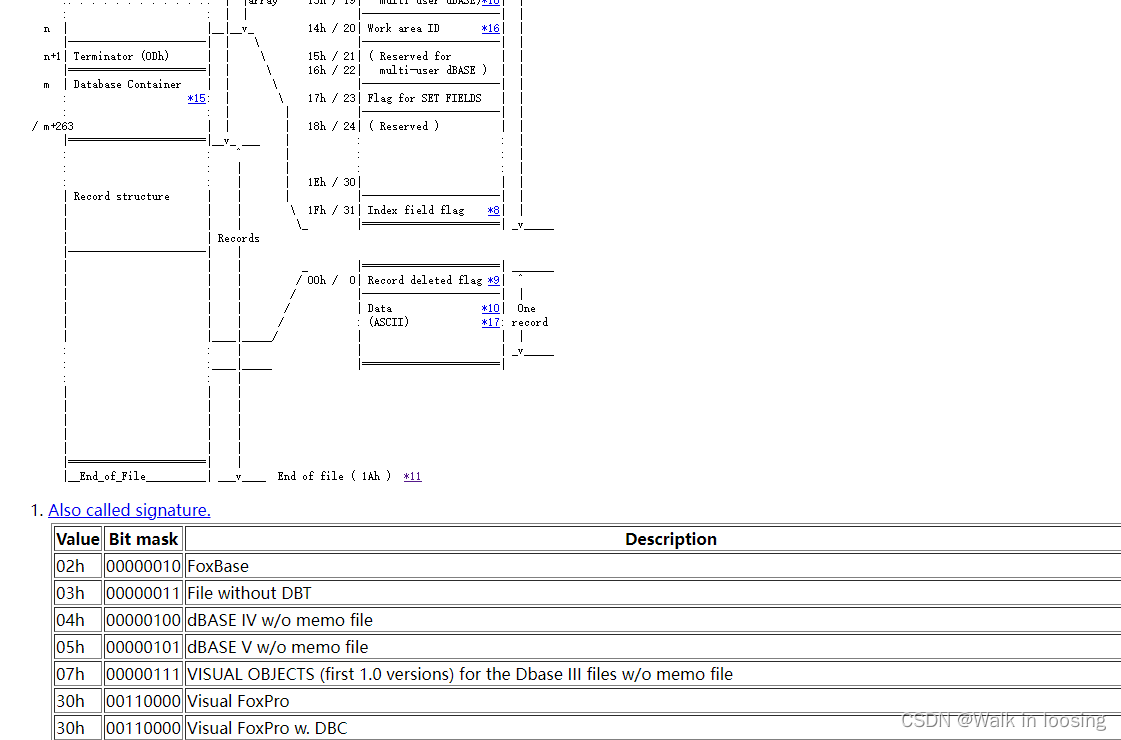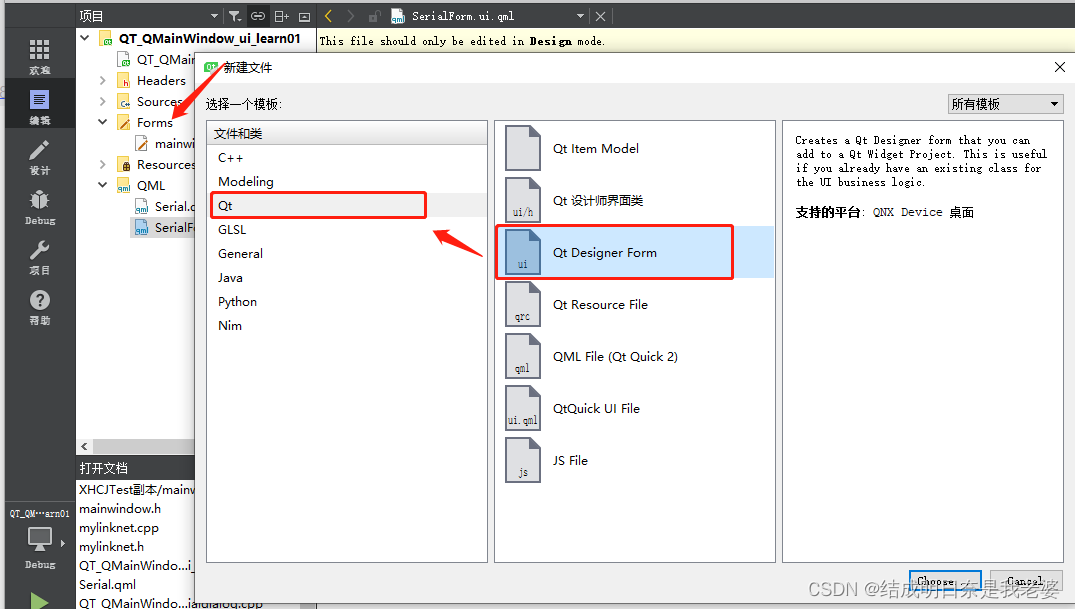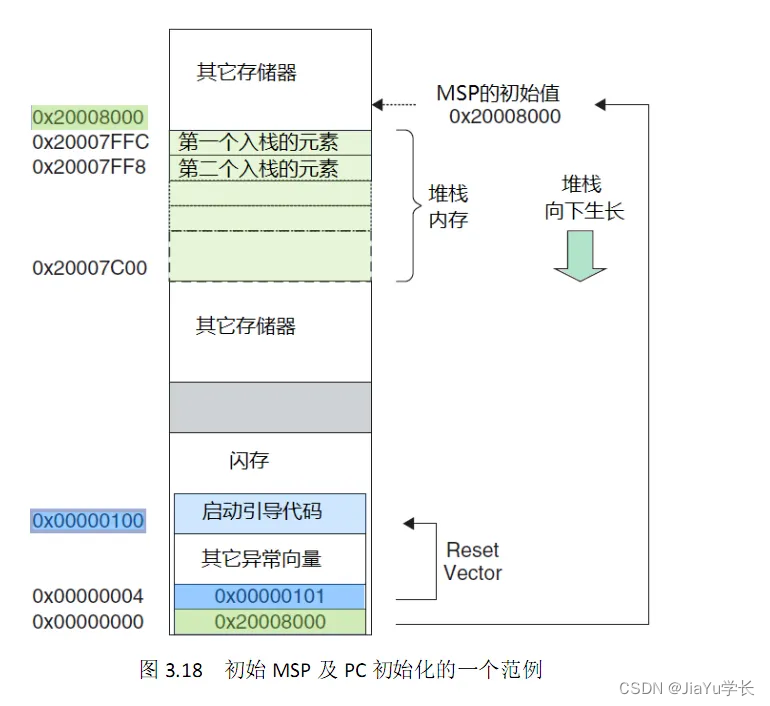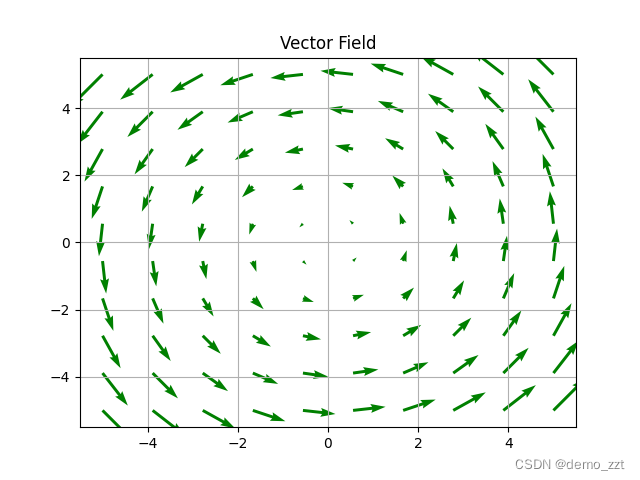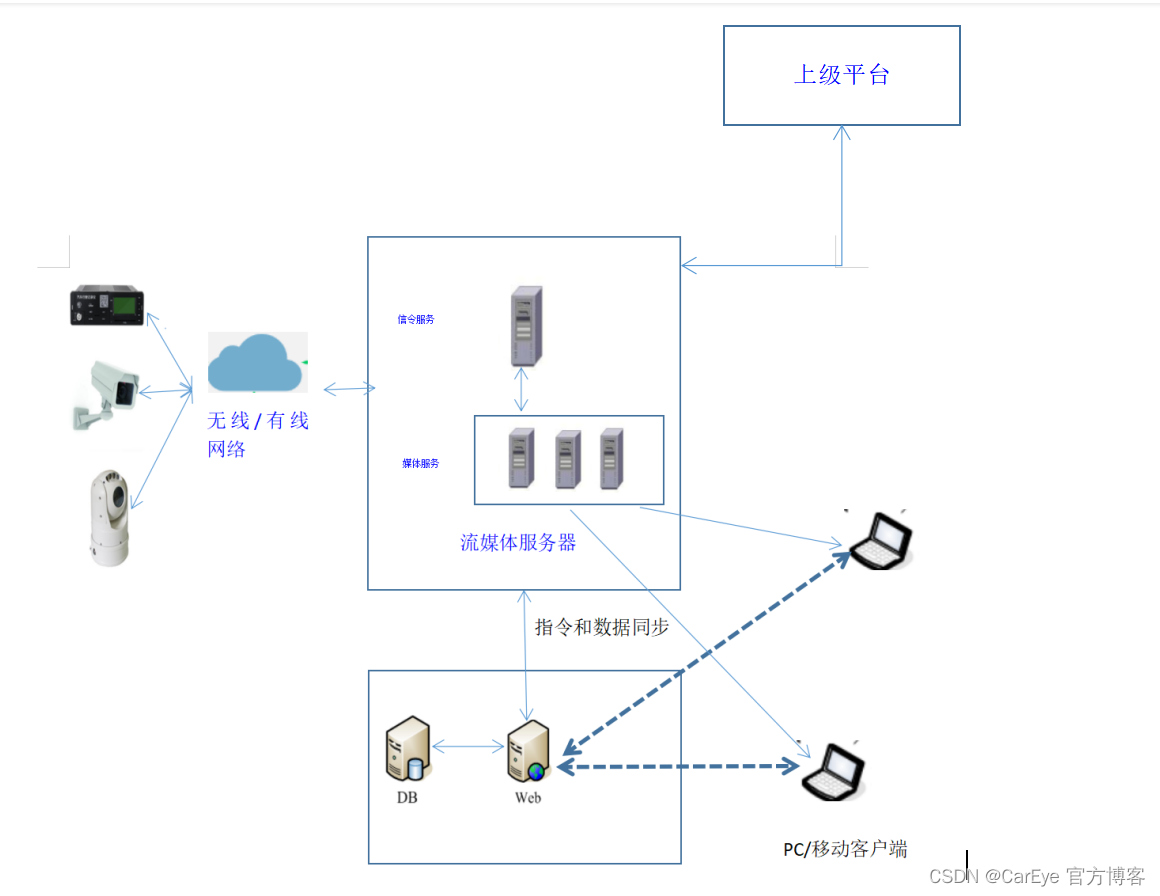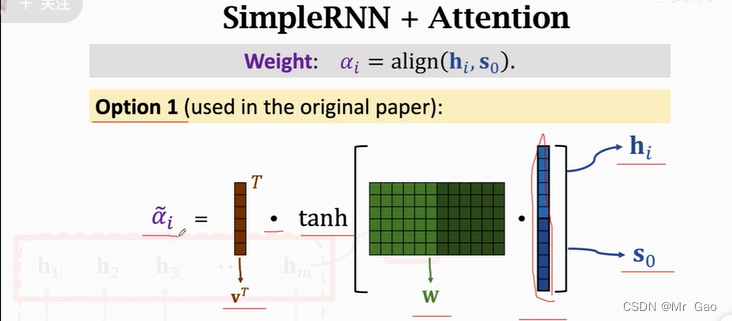一、视图
视图是一个虚拟表(非真实存在),其本质是【根据SQL语句获取动态的数据集,并为其命名】,用户使用时只需使用【名称】即可获取结果集,可以将该结果集当做表来使用。
使用视图我们可以把查询过程中的临时表摘出来,用视图去实现,这样以后再想操作该临时表的数据时就无需重写复杂的sql了,直接去视图中查找即可,但视图有明显地效率问题,并且视图是存放在数据库中的,如果我们程序中使用的sql过分依赖数据库中的视图,即强耦合,那就意味着扩展sql极为不便,因此并不推荐使用
临时表应用举例
# 两张有关系的表
mysql> select * from course;
+-----+--------+------------+
| cid | cname | teacher_id |
+-----+--------+------------+
| 1 | 生物 | 1 |
| 2 | 物理 | 2 |
| 3 | 体育 | 3 |
| 4 | 美术 | 2 |
+-----+--------+------------+
4 rows in set (0.00 sec)
mysql> select * from teacher;
+-----+-----------------+
| tid | tname |
+-----+-----------------+
| 1 | 张磊老师 |
| 2 | 李平老师 |
| 3 | 刘海燕老师 |
| 4 | 朱云海老师 |
| 5 | 李杰老师 |
+-----+-----------------+
5 rows in set (0.00 sec)
# 查询李平老师教授的课程名
mysql> select cname from course where teacher_id = (select tid from teacher where tname='李平老师');
+--------+
| cname |
+--------+
| 物理 |
| 美术 |
+--------+
2 rows in set (0.00 sec)
# 子查询出临时表,作为teacher_id等判断依据
select tid from teacher where tname='李平老师'
1、创建视图
# 语法:CREATE VIEW 视图名称 AS SQL语句
create view teacher_view as select tid from teacher where tname='李平老师';
# 于是查询李平老师教授的课程名的sql可以改写为
mysql> select cname from course where teacher_id = (select tid from teacher_view);
+--------+
| cname |
+--------+
| 物理 |
| 美术 |
+--------+
2 rows in set (0.00 sec)
#!!!注意注意注意:
#1. 使用视图以后就无需每次都重写子查询的sql,但是这么效率并不高,还不如我们写子查询的效率高
#2. 而且有一个致命的问题:视图是存放到数据库里的,如果我们程序中的sql过分依赖于数据库中存放的视图,那么意味着,一旦sql需要修改且涉及到视图的部分,则必须去数据库中进行修改,而通常在公司中数据库有专门的DBA负责,你要想完成修改,必须付出大量的沟通成本DBA可能才会帮你完成修改,极其地不方便2、使用视图
#修改视图,原始表也跟着改
mysql> select * from course;
+-----+--------+------------+
| cid | cname | teacher_id |
+-----+--------+------------+
| 1 | 生物 | 1 |
| 2 | 物理 | 2 |
| 3 | 体育 | 3 |
| 4 | 美术 | 2 |
+-----+--------+------------+
4 rows in set (0.00 sec)
mysql> create view course_view as select * from course; #创建表course的视图
Query OK, 0 rows affected (0.52 sec)
mysql> select * from course_view;
+-----+--------+------------+
| cid | cname | teacher_id |
+-----+--------+------------+
| 1 | 生物 | 1 |
| 2 | 物理 | 2 |
| 3 | 体育 | 3 |
| 4 | 美术 | 2 |
+-----+--------+------------+
4 rows in set (0.00 sec)
mysql> update course_view set cname='xxx'; #更新视图中的数据
Query OK, 4 rows affected (0.04 sec)
Rows matched: 4 Changed: 4 Warnings: 0
mysql> insert into course_view values(5,'yyy',2); #往视图中插入数据
Query OK, 1 row affected (0.03 sec)
mysql> select * from course; #发现原始表的记录也跟着修改了
+-----+-------+------------+
| cid | cname | teacher_id |
+-----+-------+------------+
| 1 | xxx | 1 |
| 2 | xxx | 2 |
| 3 | xxx | 3 |
| 4 | xxx | 2 |
| 5 | yyy | 2 |
+-----+-------+------------+
5 rows in set (0.00 sec)我们不应该修改视图中的记录,而且在涉及多个表的情况下是根本无法修改视图中的记录的,如下图
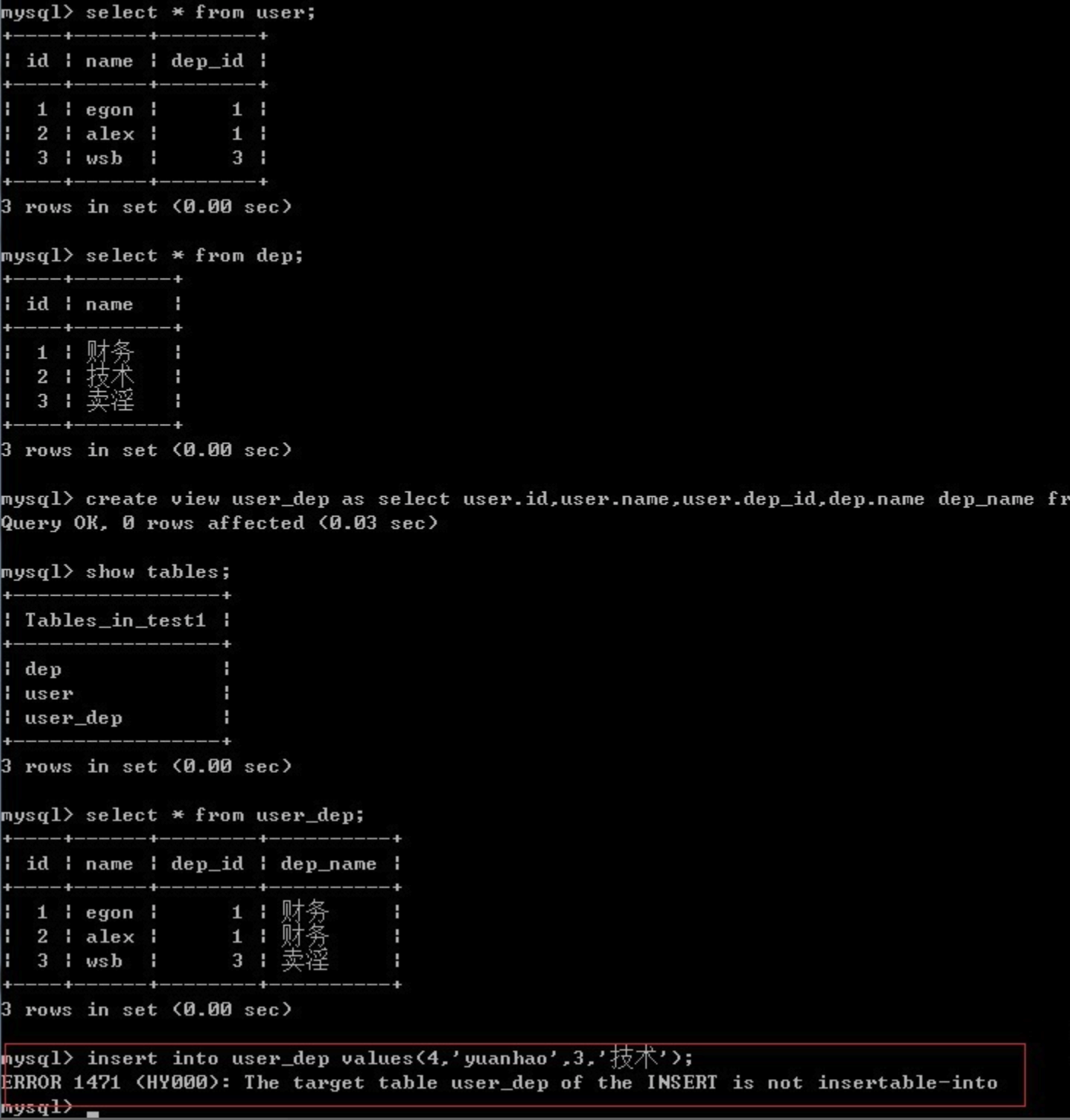
3、修改视图
语法:ALTER VIEW 视图名称 AS SQL语句
mysql> alter view teacher_view as select * from course where cid>3;
Query OK, 0 rows affected (0.04 sec)
mysql> select * from teacher_view;
+-----+-------+------------+
| cid | cname | teacher_id |
+-----+-------+------------+
| 4 | xxx | 2 |
| 5 | yyy | 2 |
+-----+-------+------------+
2 rows in set (0.00 sec)4、删除视图
语法:DROP VIEW 视图名称
DROP VIEW teacher_view二、触发器
使用触发器可以定制用户对表进行【增、删、改】操作时前后的行为,注意:没有查询
# 插入前
CREATE TRIGGER tri_before_insert_tb1 BEFORE INSERT ON tb1 FOR EACH ROW
BEGIN
...
END
# 插入后
CREATE TRIGGER tri_after_insert_tb1 AFTER INSERT ON tb1 FOR EACH ROW
BEGIN
...
END
# 删除前
CREATE TRIGGER tri_before_delete_tb1 BEFORE DELETE ON tb1 FOR EACH ROW
BEGIN
...
END
# 删除后
CREATE TRIGGER tri_after_delete_tb1 AFTER DELETE ON tb1 FOR EACH ROW
BEGIN
...
END
# 更新前
CREATE TRIGGER tri_before_update_tb1 BEFORE UPDATE ON tb1 FOR EACH ROW
BEGIN
...
END
# 更新后
CREATE TRIGGER tri_after_update_tb1 AFTER UPDATE ON tb1 FOR EACH ROW
BEGIN
...
END
插入后触发触发器
#准备表
CREATE TABLE cmd (
id INT PRIMARY KEY auto_increment,
USER CHAR (32),
priv CHAR (10),
cmd CHAR (64),
sub_time datetime, #提交时间
success enum ('yes', 'no') #0代表执行失败
);
CREATE TABLE errlog (
id INT PRIMARY KEY auto_increment,
err_cmd CHAR (64),
err_time datetime
);
#创建触发器
delimiter //
CREATE TRIGGER tri_after_insert_cmd AFTER INSERT ON cmd FOR EACH ROW
BEGIN
IF NEW.success = 'no' THEN #等值判断只有一个等号
INSERT INTO errlog(err_cmd, err_time) VALUES(NEW.cmd, NEW.sub_time) ; #必须加分号
END IF ; #必须加分号
END//
delimiter ;
#往表cmd中插入记录,触发触发器,根据IF的条件决定是否插入错误日志
INSERT INTO cmd (
USER,
priv,
cmd,
sub_time,
success
)
VALUES
('ly','0755','ls -l /etc',NOW(),'yes'),
('ly','0755','cat /etc/passwd',NOW(),'no'),
('ly','0755','useradd xxx',NOW(),'no'),
('ly','0755','ps aux',NOW(),'yes');
#查询错误日志,发现有两条
mysql> select * from errlog;
+----+-----------------+---------------------+
| id | err_cmd | err_time |
+----+-----------------+---------------------+
| 1 | cat /etc/passwd | 2017-09-14 22:18:48 |
| 2 | useradd xxx | 2017-09-14 22:18:48 |
+----+-----------------+---------------------+
2 rows in set (0.00 sec)特别的:NEW表示即将插入的数据行,OLD表示即将删除的数据行。
2、使用触发器
触发器无法由用户直接调用,而是由于对表的【增/删/改】操作被动引发的。
3、删除触发器
drop trigger tri_after_insert_cmd;三、存储过程
1、介绍
存储过程包含了一系列可执行的sql语句,存储过程存放于MySQL中,通过调用它的名字可以执行其内部的一堆sql
使用存储过程的优点:
#1. 用于替代程序写的SQL语句,实现程序与sql解耦
#2. 基于网络传输,传别名的数据量小,而直接传sql数据量大
使用存储过程的缺点:
1. 程序员扩展功能不方便
补充:程序与数据库结合使用的三种方式
方式一:
MySQL:存储过程
程序:调用存储过程
方式二:
MySQL:
程序:纯SQL语句
方式三:
MySQL:
程序:类和对象,即ORM(本质还是纯SQL语句)
2、创建简单存储过程(无参)
delimiter //
create procedure p1()
BEGIN
select * from blog;
INSERT into blog(name,sub_time) values("xxx",now());
END //
delimiter ;
# 在mysql中调用
call p1()
#在python中基于pymysql调用
cursor.callproc('p1')
print(cursor.fetchall())3、创建存储过程(有参)
对于存储过程,可以接收参数,其参数有三类:
#in 仅用于传入参数用
#out 仅用于返回值用
#inout 既可以传入又可以当作返回值
in:传入参数
delimiter //
create procedure p2(
in n1 int,
in n2 int
)
BEGIN
select * from blog where id > n1;
END //
delimiter ;
# 在mysql中调用
call p2(3,2)
# 在python中基于pymysql调用
cursor.callproc('p2',(3,2))
print(cursor.fetchall())
out:返回值
delimiter //
create procedure p3(
in n1 int,
out res int
)
BEGIN
select * from blog where id > n1;
set res = 1;
END //
delimiter ;
# 在mysql中调用
set @res=0; #0代表假(执行失败),1代表真(执行成功)
call p3(3,@res);
select @res;
# 在python中基于pymysql调用
cursor.callproc('p3',(3,0)) #0相当于set @res=0
print(cursor.fetchall()) #查询select的查询结果
cursor.execute('select @_p3_0,@_p3_1;') #@p3_0代表第一个参数,@p3_1代表第二个参数,即返回值
print(cursor.fetchall())
inout:既可以传入又可以返回
delimiter //
create procedure p4(
inout n1 int
)
BEGIN
select * from blog where id > n1;
set n1 = 1;
END //
delimiter ;
# 在mysql中调用
set @x=3;
call p4(@x);
select @x;
# 在python中基于pymysql调用
cursor.callproc('p4',(3,))
print(cursor.fetchall()) #查询select的查询结果
cursor.execute('select @_p4_0;')
print(cursor.fetchall())
事务
# 介绍
delimiter //
create procedure p4(
out status int
)
BEGIN
1. 声明如果出现异常则执行{
set status = 1;
rollback;
}
开始事务
-- 由秦兵账户减去100
-- 方少伟账户加90
-- 张根账户加10
commit;
结束
set status = 2;
END //
delimiter ;
# 实现
delimiter //
create PROCEDURE p5(
OUT p_return_code tinyint
)
BEGIN
DECLARE exit handler for sqlexception
BEGIN
-- ERROR
set p_return_code = 1;
rollback;
END;
DECLARE exit handler for sqlwarning
BEGIN
-- WARNING
set p_return_code = 2;
rollback;
END;
START TRANSACTION;
DELETE from tb1; #执行失败
insert into blog(name,sub_time) values('yyy',now());
COMMIT;
-- SUCCESS
set p_return_code = 0; #0代表执行成功
END //
delimiter ;
# 在mysql中调用存储过程
set @res=123;
call p5(@res);
select @res;
# 在python中基于pymysql调用存储过程
cursor.callproc('p5',(123,))
print(cursor.fetchall()) #查询select的查询结果
cursor.execute('select @_p5_0;')
print(cursor.fetchall())4、执行存储过程
在MySQL中执行存储过程
-- 无参数
call proc_name()
-- 有参数,全in
call proc_name(1,2)
-- 有参数,有in,out,inout
set @t1=0;
set @t2=3;
call proc_name(1,2,@t1,@t2)
执行存储过程
在python中基于pymysql执行存储过程
#!/usr/bin/env python
# -*- coding:utf-8 -*-
import pymysql
conn = pymysql.connect(host='127.0.0.1', port=3306, user='root', passwd='123', db='t1')
cursor = conn.cursor(cursor=pymysql.cursors.DictCursor)
# 执行存储过程
cursor.callproc('p1', args=(1, 22, 3, 4))
# 获取执行完存储的参数
cursor.execute("select @_p1_0,@_p1_1,@_p1_2,@_p1_3")
result = cursor.fetchall()
conn.commit()
cursor.close()
conn.close()
print(result)
5、删除存储过程
drop procedure proc_name;